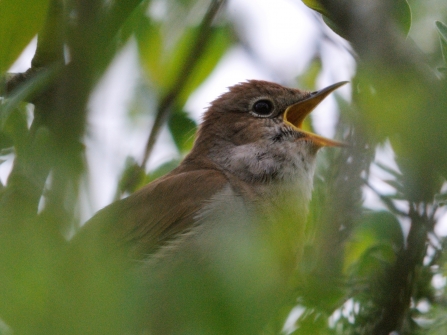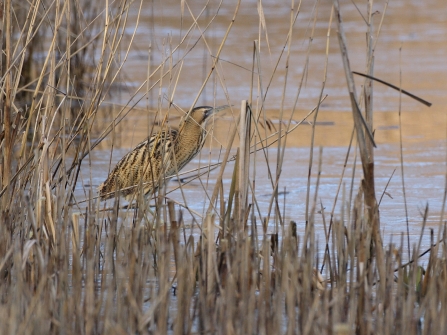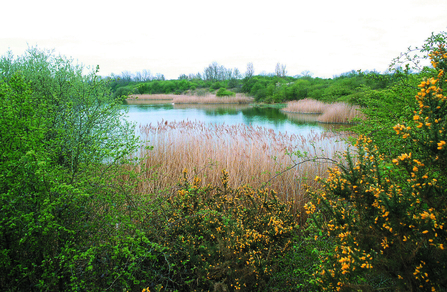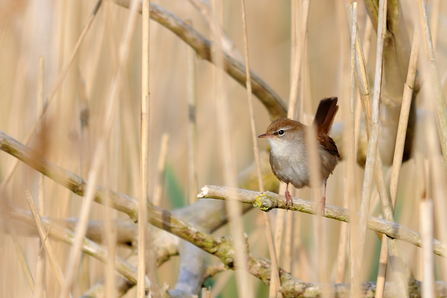In this blog series members of our team share a photo of their favourite spot on our reserves, and tell us the story behind it: what makes it so special, and the work that goes into maintaining it. There’s always more than first meets the eye!
This month, Mark Vallance talks about his lifelong connection with Calvert Jubilee and the landscape around it, and why this reserve is so important for wildlife.






